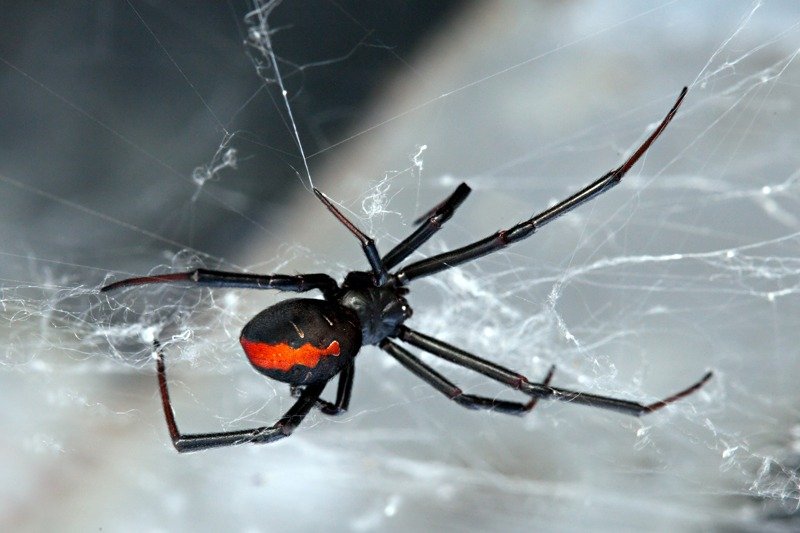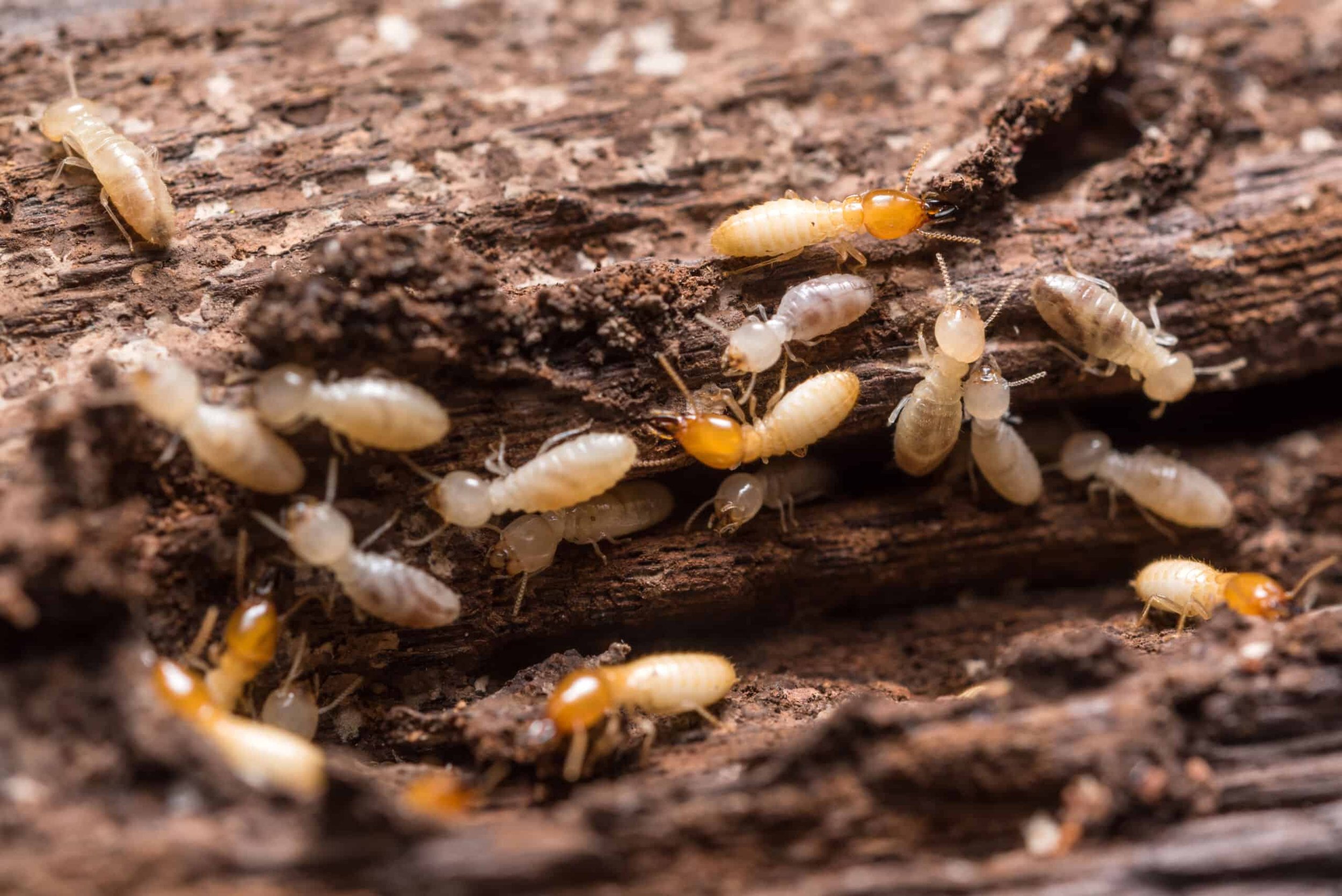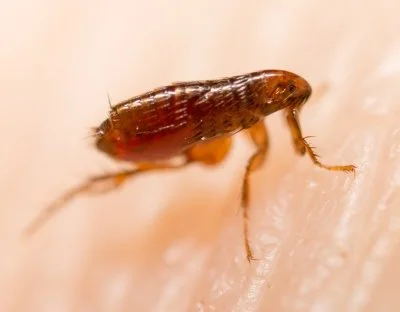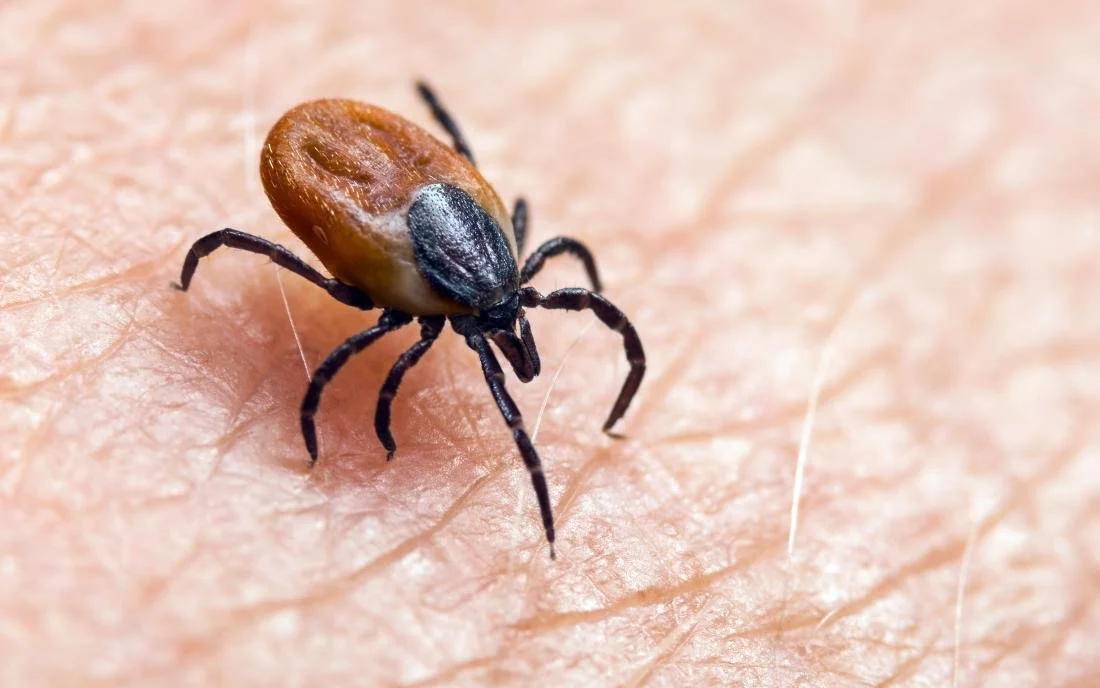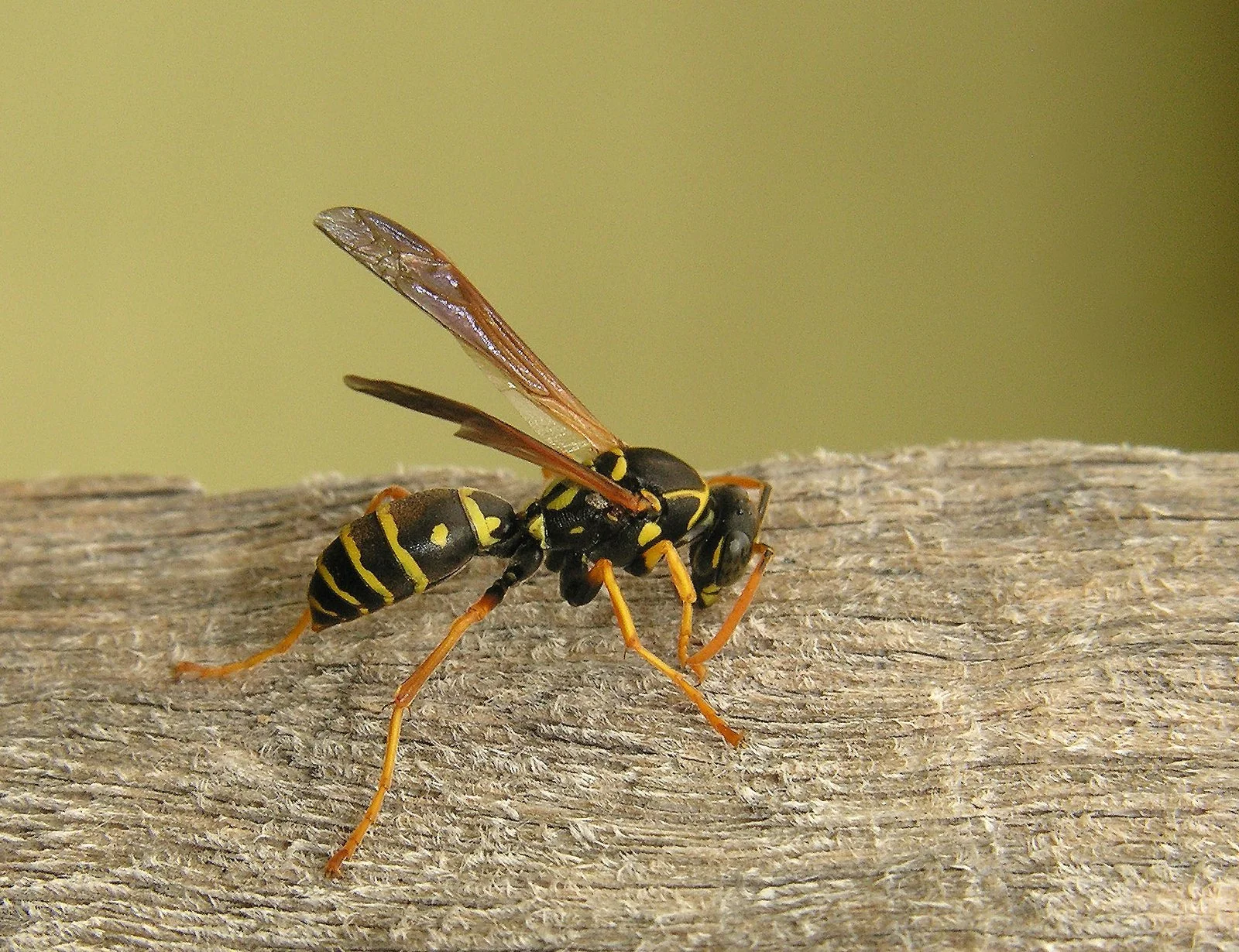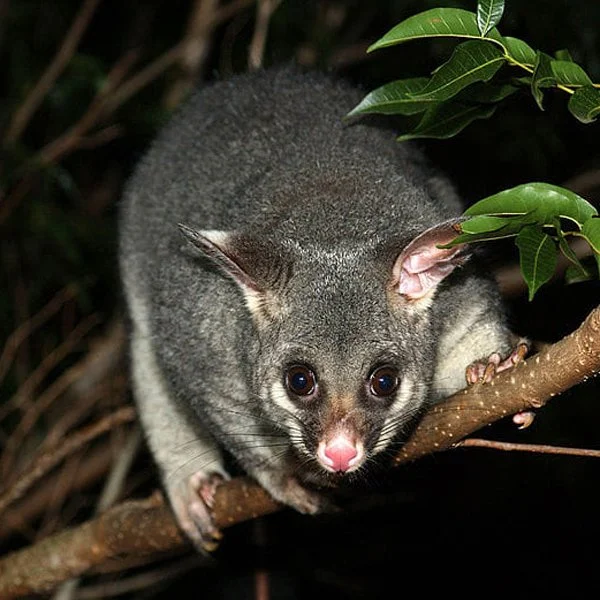PEST Services
PEST Services
Your search for the best pest control service in Sydney ends here!
At Pest In The West, we carry out inspections for pest infestations in all parts of the property, including in the roof cavities, under the property when required, between walls and even adjacent properties.
A General pest control service covers cockroaches, silverfish, spiders and ants. If, during the inspection, we find a heavy infestation of German cockroaches, we will notify you as sometimes a follow-up treatment is required after 4-6 weeks to ensure they're completely eradicated from your home.
We recommend that you have your home treated at least every 6-12 months to ensure complete protection and peace of mind. A friendly reminder text message is sent out before your due date approaching.
If you need help eradicating pests from your home, please don't hesitate to call us to Book Now or click on the Free Quote below, and we’ll get back to you the same day.
RESIDENTIAL PEST CONTROL
We provide top-notch choices for maintaining impeccable hygiene and sanitation for commercial properties.
Pest In The West is the best choice for commercial pest control services. We have been providing our services to businesses in Sydney over the last 10 years, and we’re proud to be able to help our community. We will always go above and beyond to ensure that our customers are completely satisfied with our work.
Our pest control professionals offer the most comprehensive pest control services in Sydney, ensuring that no pest infestation stands a chance.
Our highly skilled Sydney pest control technicians are ready to tackle every pest issue you face. When it comes to commercial pest control services, we believe in fostering a strong relationship with every commercial client. Our team offers not only effective pest control but also pest prevention strategies to safeguard your home or business.
Whether it’s ants, cockroaches or rodents, we have the expertise to get rid of them quickly and effectively before they cause any damage or infestations on your commercial premises.
COMMERCIAL PEST CONTROL
end of lease
Who is responsible for getting rid of pests in a rental property?
Moving house can be a stressful and time-consuming exercise. Let us take care of your end-of-lease pest control worries.
According to NSW Fair Trading, the tenant is usually responsible for the eradication of pests if the infestation occurs after the tenant has moved in and if the infestation was caused by the tenant's activities or lack of cleanliness.
Who is responsible for removing or exterminating pests or vermin during a tenancy depends on whether:
Pests or vermin were already a problem when the tenant moved in
A problem with the property has allowed the pests to enter or an infestation to develop
The tenant contributed to the problem.
Generally, landlords are responsible for pest and vermin issues that occur at the start of the tenancy. This is part of a landlord's responsibility to provide a reasonably clean property that is fit for the tenant to live in.
Tenants are generally responsible for getting rid of pests and vermin if the issue arises after they have moved in and if it was caused by the tenant’s activities or lack of cleanliness.
Pest In The West can offer you a tailored service in accordance with your lease terms. We can work around your moving time frame and be there when you need us. If you need help with an End-of-lease treatment, please don't hesitate to call Pest In The West on 0422 363 988 or complete the form below for a Free Quote!
We offer a wide range of Termite solutions and preventative measures to help safeguard your home or business.
Termites can cause more damage and destruction in homes than other natural disasters. If a termite infestation is not properly treated, these pests can cause extensive damage to buildings and a loss of equity in their home. Further, termite infestation can be reliably prevented by hiring professional termite control technicians who use modern termite protection methods and measures.
CSIRO research suggests that Sydney, the Blue Mountains and the north and south coasts of NSW are the second highest risk category for termite attack in Australia - second only to regions in the tropical north. Homeowners in Sydney and these surrounding regions know that termites and other wood pests thrive in our warm temperatures and high humidity.
Termite inspection and treatments are essential for Sydney homes and commercial properties that are susceptible to termite infestations. It is strongly recommended a termite inspection report is carried out at least once every 12 months and every 6 months for high-risk areas.
TERMITE SOLUTIONS
What do German cockroaches look like?
Appearance
Colour: Adults are easily recognised by their light brown or tan colouration with two black horizontal stripes located on the pronotum immediately behind the head, the young, or nymphs, are darker, almost black, also with the black stripes behind the head.
Size: Adults grow to a length of 13-16 mm.
Wings: While adult German cockroaches have wings, they rarely fly, preferring to run.
How did I get German cockroaches?
German cockroaches are well-known indoor cockroaches with a worldwide distribution. Smaller than other types of cockroaches, the pests can hide in small spaces and hitch rides in bags, boxes, and many other infested items that are brought inside the home. In multi-unit apartment buildings, they can easily move between units, using the shared plumbing and pipes as a highway.
What attracts them?
One of the most common sources of problems with German cockroaches is used items like furniture and luggage. Pre-owned electronics are also hiding places for pests, which gravitate towards these warm devices. Additionally, areas where food debris is left around will fulfil the needs that the cockroaches have for food, water, and protection, such as near:
Garbage containers
Kitchen cabinets
Under sinks
How serious are German cockroaches?
German cockroaches spread filth in homes, contaminating food and utensils. Pathogens range from bacteria that cause food poisoning and dysentery to allergens that result in rashes and asthma attacks. Recent studies have also indicated that in larger metropolitan areas, the development of asthma in children can be directly linked to the presence of the pest.
Rapid infestation
These cockroaches lay 40 eggs at a time, which mature in about two months. Because they reproduce rapidly, infestations quickly become severe. German cockroaches are hardy and fast and have few natural predators inside human habitats. For these reasons, their populations tend to grow rapidly and can be hard to get rid of, often requiring professional treatment.
Signs of infestation
Droppings
German cockroach droppings may appear as small, dark, “pepper-like” material left on countertops or in drawers. Faecal staining may appear as dark spots or smears:
Along the tops of doors.
Around small cracks and openings in walls.
In the corners of a room.
Egg capsules
Since German cockroach females carry their egg case for 1 to 2 days before depositing it, empty egg cases may be found in areas that the females frequent.
Odour
German cockroaches are also known to secrete several odorous compounds. When populations are present in large numbers, it may be possible to detect a mild, or what some have reported as a “musty” odour.
What do we do to treat German cockroaches?
Pest In The West is trained to help manage German cockroaches and similar pests. Since every building or home is different, German cockroach treatments will typically require two visits to efficiently eradicate. The initial treatment is carried out to the inside and outside of your property, and the follow-up treatment is carried out one week later, which is all included in the one price upfront.
We can provide the right solution to keep German cockroaches in their place…out of your home or business.
GERMAN COCKROACH
What do Fleas look like?
Appearance
Size: Fleas are small, wingless and about 1-8mm long.
Colour: Their bodies are shiny and reddish brown, covered with microscopic hair and are compressed to allow for easy movement through animal fur.
No wings: Fleas do not have wings, although they are capable of jumping long distances.
Fleas are parasites and feed on the blood of warm-blooded animals, including humans. Fleas can spread diseases and parasites. In the 14th Century, fleas were responsible for the spread of the Bubonic Plague, killing more than 200 million people. Nowadays, in Australia, cat fleas can transmit tapeworms from dogs and cats to humans, and in rare cases, certain rat fleas can transmit the disease murine-typhus from rats to humans. Some people are allergic to flea bites, while others may develop secondary skin infections.
Given the concerning risks of fleas to human and pet health, plus the potential consequences to mental health, it’s important to prevent and control fleas in the home.
What do we do to treat Ticks?
Pest In The West, we offer a thorough inspection to determine the level of flea or other crawling insect infestation and locate their colonies. Once detected, treatment and control insecticide treatment of critical areas - control infestation through treatment; provide ongoing maintenance and upkeep where necessary.
Your health and safety are important to us which is why we only use safe, eco-friendly products to protect your family and pets from harmful inhalation of pesticides.
FLEAs
TICKs
What do Ticks look like?
Appearance
Colour: Colour varies by species.
Size: Adults can be smaller than a sunflower seed (over 1 cm long if engorged with blood), while tick larvae can be less than 1 mm.
Legs: Ticks have only six legs during their larval stage and eight legs during their nymphal and adult stages.
Ticks are small parasitic animals that feed on the blood of animals and humans. In Australia, there are about 75 species of ticks, 16 of which are known to feed on humans. The most common tick known for feeding on humans is the Paralysis Tick. Other common species include the Bush Tick, Brown Dog Tick and Cattle Tick.
While being subject to a tick bite may be an uncomfortable and sometimes disturbing experience, in humans, ticks may also cause a myriad of symptoms and diseases, such as rickettsia infections. Pets are particularly vulnerable to ticks as they are more likely to be in environments where ticks are known to inhabit. Tick bites on pets may cause illness, disease, paralysis and even death.
Ticks can have severe consequences to human and animal health. To protect ourselves, children and pets, it’s important to control, prevent and monitor for ticks in the garden and the home.
What do we do to treat Ticks?
Pest In The West, we offer a thorough inspection to determine the level of ticks or other crawling insect infestation and locate their colonies. Once detected, treatment and control insecticide treatment of critical areas - control infestation through treatment; provide ongoing maintenance and upkeep where necessary.
Your health and safety are important to us, which is why we only use safe, eco-friendly products to protect your family and pets from harmful inhalation of pesticides.
What do Bed bugs look like?
Appearance
Size: The size of an apple seed (5-7 mm)
Colour: Long and brown, with a flat, oval-shaped body (if not fed recently). Balloon-like, reddish-brown, and more elongated (if fed recently).
Body: A “true bug” (characteristics of true bugs include a beak with three segments antenna that has four parts.
No wings: Wings that are not used for flying and short, golden-coloured hairs.
Bed bugs are nocturnal parasites, which means they rest during the day and are active at night. However, bed bugs are opportunistic and will bite in the day, especially if starved for some time. They feed on the blood of humans.
Bed bugs have highly developed mouth parts that can pierce skin. Their bite is painless. Some people do not react to the bites, but for others the bites can become itchy and swell into reddened weals.
Symptoms of a Bed bug bite
The bite of a bed bug has certain features, including:
Large weals that reduce to a red mark then gradually fade over a few days
Itchiness
Reddening of the skin
Localised swelling
Formation of blisters
Small loss of skin tissue in some cases.
Signs that you have Bed bugs
Identifying a bed bug infestation can be challenging because they are difficult to spot and like to hide during the daytime. Here are some signs that are a clear indication that you need professional assistance:
Bloodstains on clothes, sheets, and pillow covers.
Bed bug excrement.
Eggshells or dead bugs on sheets, clothes, and pillow covers.
Musty and strong odours.
Shed skins.
Bed bug bites on your skin.
Bed bug bites appear in clusters, while other bug bites often consist of one or two bumps. If you notice these signs, don’t hesitate to call us for an assessment. We will carefully examine your mattresses and offer a free, no-obligation quote.
Common hiding spots for Bed bugs
The living areas favoured by bedbugs include:
Mattresses, particularly along the seams
Bedding such as sheets and blankets
Beneath loosened edges of wallpaper
Between the cracks of wooden floors
In wall cracks or crevices
Carpet
Furniture/sofas, particularly in seams and cracks.
Causes of a Bed bug infestation
Bed bugs often hide in luggage, clothing, bedding and furniture. They are most often found in dwellings with a high rate of occupant turnover, such as hotels, motels, hostels, shelters and apartment complexes.
Any household can be invaded by bed bugs, but a high standard of hygiene can discourage bed bugs from spreading widely throughout a home.
What do we do to treat Bed bugs?
Pest In The West offers a professional bed bug treatment that consists of a thorough examination and careful extermination. We use proven techniques like active chemical agents and bed bug traps to remove these unwanted pests from your property. Our goal is to exterminate them at every point of their lifecycle to reduce the chances of reoccurrence. If the removal isn’t thorough, the infestation will come back. Hidden bed bug eggs will hatch and cause problems a few months down the line. We always try to remove adults, nymphs, and eggs from this pest to ensure you don’t have to face them again. Sometimes, extermination requires multiple treatments every few months to be effective.
Pest In The West can help by offering affordable and reliable bed bug removal that will eradicate these pests from your home completely.
BED BUGS
RODENTS
Why wasp nests need to be removed by a professional
If you've ever been stung by a wasp, you know it can be a very painful incident, and unlike bees, which can only sting once, wasps can sting multiple times. Worse still, according to the Australian government, 1 in 10 people who are stung two or more times by a wasp will become allergic to subsequent stings. If you're allergic to wasp stings, being attacked can be more than just painful, it can have serious medical ramifications.
What do we do to treat Wasps?
Depending on where the nest is located and the type of wasp or hornet, we will safely apply a treatment of aerosols, dust and liquids to eliminate and safely remove the nest, ensuring there is no chance of wasps returning. Pest In The West is here to help keep you and your home or business safe.
Pest In The West can help by offering affordable and reliable wasp removal that will eradicate these pests from your home completely.
WASPS
Exclusion
Rodent-proofing your home whenever possible is a critical step in controlling rodents. Ideally, you can control rodents by making it impossible for them to gain entry to your home. However, it may be difficult to exclude mice completely since they can pass through a gap under a door just 6mm wide or through a hole 16mm in diameter (roughly the size of your little finger). A rat can squeeze through a gap just 12mm wide and a hole about the size of your thumb. Any of these possible rodent access points must be inspected.
Rodent Access Points
To keep rodents from entering your home, various access points must be secured. Pest In The West offers a few tips on handling the most common access points in your home:
Repair all holes and cracks in foundation, walls and basements.
Chimneys should be capped, sealed and flashed.
All exterior lines leading through walls must be tight.
Cover vents with metal grill work and rust-resistant screening.
Rodent Proofing
Rodent populations will continue to increase in conditions that allow easy access to food and shelter. Sanitation efforts in conjunction with rodent proofing provide the best solution to reduce or eliminate these conditions. There are simple steps you can take to stop rodents from making your home their own.
Sanitation efforts involve maintaining clean areas where food is stored and keeping containers tightly sealed. Inside your home, these are an excellent start to your rodent control efforts.
Clearing away unwanted debris and vegetation is another rodent-proofing method. Stored firewood and climbing vines are hiding areas for rodents.
Indoor Sanitation
Rodents must have adequate food and shelter to live and thrive. Removal of these two factors is the best way to prevent and control rodent problems. It is important to include both the outside and inside of your home in your sanitation efforts.
Food
When sanitising the indoors, keep in mind the following tips for rodent proofing. You can help eliminate rodents’ food source and keep them out.
When sanitising the indoors, keep in mind the following tips for rodent proofing. You can help eliminate rodents’ food source and keep them out.
Keep countertops clear of food
Do not leave glasses of water out overnight
Store dry food, pet food & birdseed in sealed containers
Clean pet bowls at night
Shelter
Along with eliminating rodents’ food source, removing their shelter is another major step to take to sanitise your home. Some helpful tips include:
Keep storage areas free of clutter
Rodent-proof, hard-to-access areas that tend to be neglected
Store supplies or materials off the floor
Outdoor Sanitation
Don’t forget about maintaining the outdoors as well. Properly maintain your yard and store firewood away from your home for effective rodent control. Other outdoor tips include:
Properly maintain landscaping – trim any overgrown vegetation & shrubbery until the ground underneath is visible
Remove any debris like rock piles & old equipment
Elevate timber & firewood at least 30cm from the ground
If you suspect Rodents in your home that you have either seen or based on the noises you are hearing, Pest In The West can help you claim your home back!
POSSUM REMOVAL
Did you know Possums are a protected species in NSW?
Possums are a protected species in New South Wales, and catching possums without a licence is illegal in NSW. Possums are nocturnal and, thus, are most active during our sleeping hours. When possums live in your roof, they may damage insulation, chew electrical wiring, or contaminate the area with their urine and faeces. They can also make a horrible racket. Possums like to live in roof cavities and can sometimes become trapped inside your property or make their home in your roof void. As these possums are territorial, removing one will not solve your problem, as new possums will shortly move into the vacant territory. It is illegal to relocate or kill a possum.
We offer a safe and humane way of removing and relocating possums back to their natural habitat nearby but far enough so they won't make their way back to your home.
How do I know I have a Possum problem?
There are many signs that you can easily notice to confirm the presence of possums at your place. Some of them are:
Possums in or around the roof.
“Cat” like squealing & squabbling at night.
Scampering or the pattering of tiny feet.
Excessive roof noise at specific times, mostly dusk and dawn
A dead possum was found on the roof
Strange odours and smells
Strange droppings on the roof/ground
Chewed out facia boards
Fruits and vegetables are being eaten
Leaves and branches in your garden have damage
Dogs barking at walls
Bird lice, itching with no apparent cause
How to prevent Possums?
Inspect
Once the possum is removed, we’ll inspect the area thoroughly to ensure there are no nests or possum babies on your property. If we find a nest, we’ll remove it carefully as per the government's instructions.
Prevent
Prevent the next step is to block access to all areas in your property that might make a good home for a possum. We can install nets, seal any gaps, and block all vulnerable access points completely to prevent future infestations.
What can we do to remove Possums?
Possum removal is 100% safe & environmentally friendly to ensure we don’t inflict any harm to possum or property. We use the latest possum traps & equipment to get the possum relocated safely & quickly. Our technicians will place a possum-safe trap in the area it is nesting. Check daily. Install a camera to monitor its activity. Once the possum is caught, we transfer it to a suitable location away from your property, ideally next to a tree for it to climb.
If you suspect Possums on your roof that you have either seen or based on the noises you are hearing, Pest In The West can help you claim your home back!
